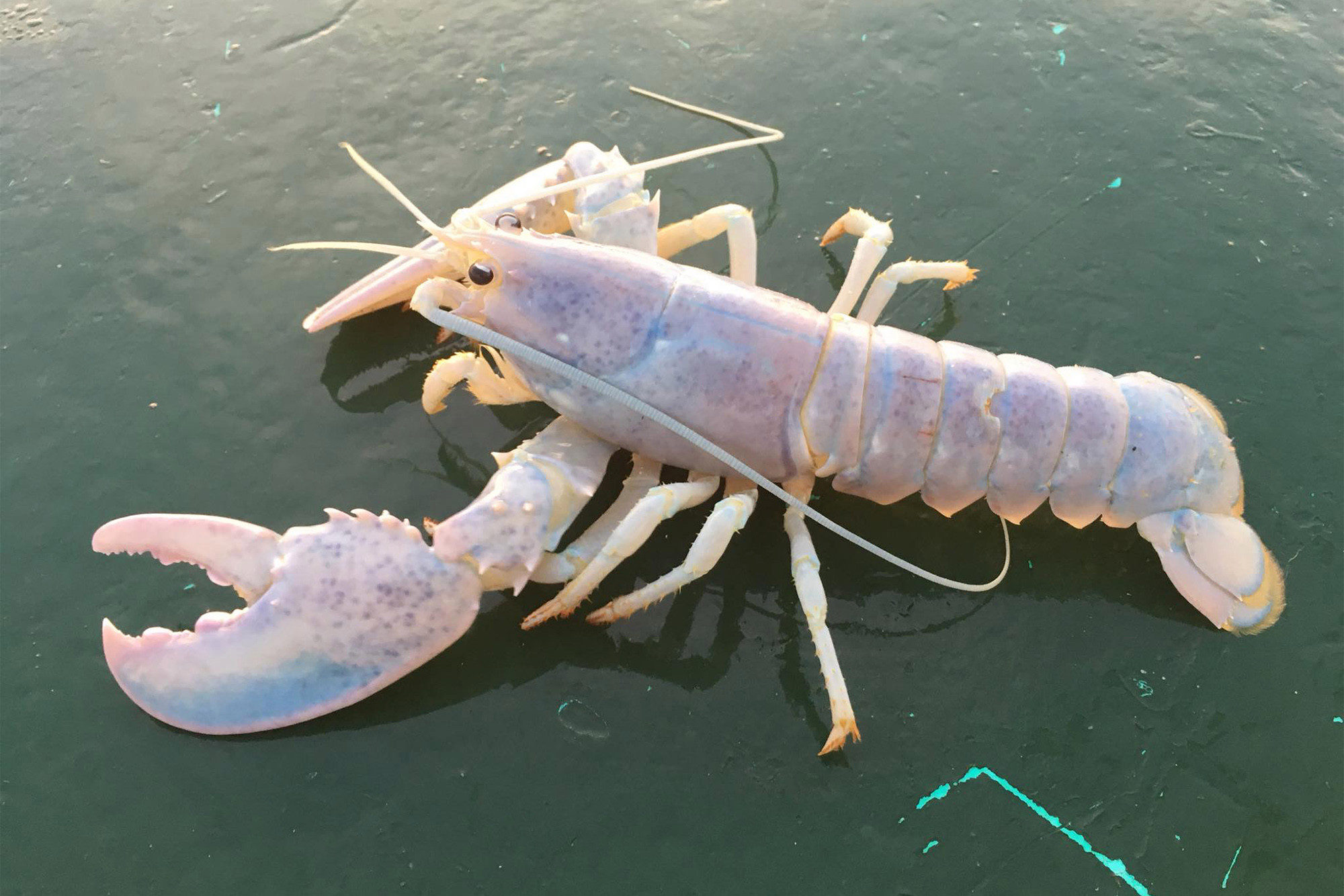OF THE
TIMES
A nation that continues year after year to spend more money on military defense than on programs of social uplift is approaching spiritual doom.
This man’s lips are moving, he’s a lying degenerate illegitimate tool! And that’s as polite as I can be in describing this vermin.
“Upset about high interest rates, growing paperwork and heavy regulatory burdens“ “the net income of farms dropped by an average of 50 per cent...
Reductio ad absurdum. Risible, farcical & puerile assumptions bring in more Cowbell & Clowns. The ancient Rig Vedic texts already tell us...
Wow. There are bad omens here with references to the Four Horsemen of the Apocalypse and a riderless horse you would see at a funeral. From...
Not these grannies!!! [Link]
To submit an article for publication, see our Submission Guidelines
Reader comments do not necessarily reflect the views of the volunteers, editors, and directors of SOTT.net or the Quantum Future Group.
Some icons on this site were created by: Afterglow, Aha-Soft, AntialiasFactory, artdesigner.lv, Artura, DailyOverview, Everaldo, GraphicsFuel, IconFactory, Iconka, IconShock, Icons-Land, i-love-icons, KDE-look.org, Klukeart, mugenb16, Map Icons Collection, PetshopBoxStudio, VisualPharm, wbeiruti, WebIconset
Powered by PikaJS 🐁 and In·Site
Original content © 2002-2024 by Sott.net/Signs of the Times. See: FAIR USE NOTICE

Reader Comments
to our Newsletter